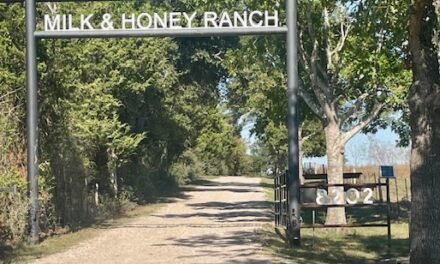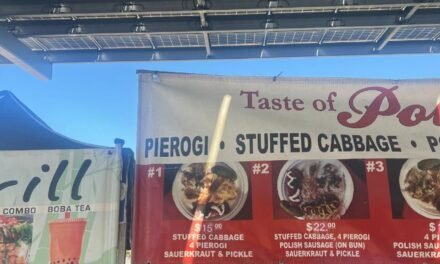
Stop and Smell the Tulips When you Take a “Slow Boat” Through Holland
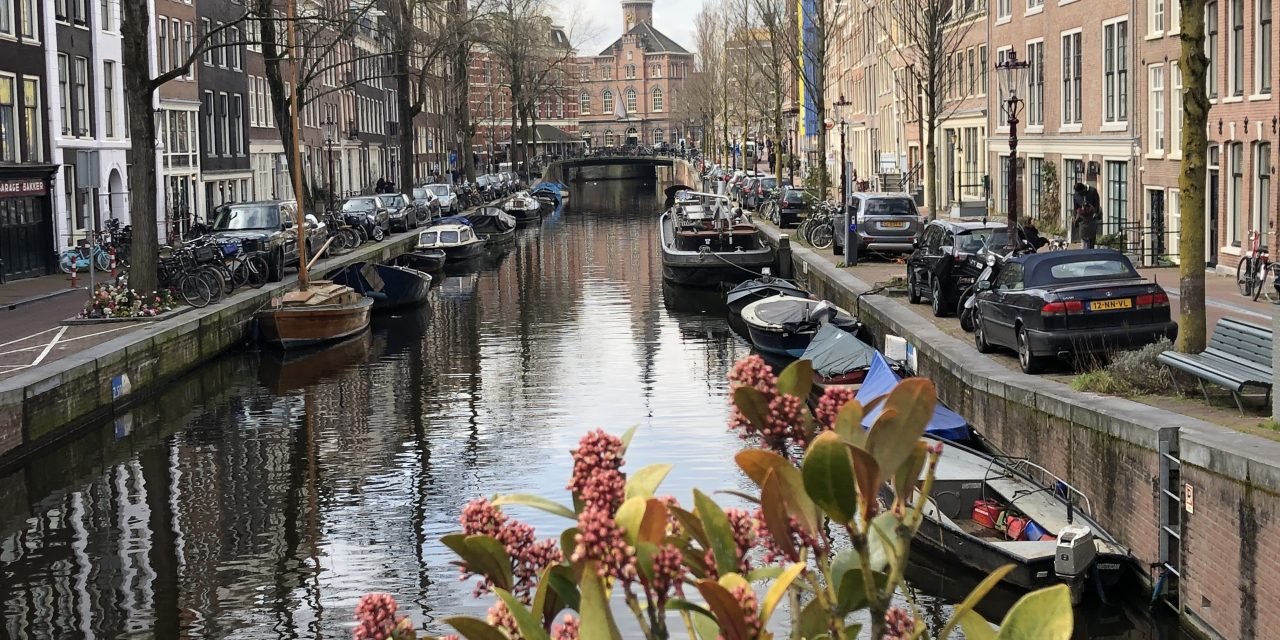
My typical vacation often involves being on the go from morning until night, as I engage in a frenzy of activities aimed at seeing all the notable sights of a particular destination. I feel the need to do everything since I don’t know if I’ll have the chance to make a return visit to the place. The pace is tiring and I sometimes find myself needing a vacation from my vacation when I get back home. This time, however, I vowed things would be different. After extensive research, I chose to do a barge cruise in Holland with European Waterways.
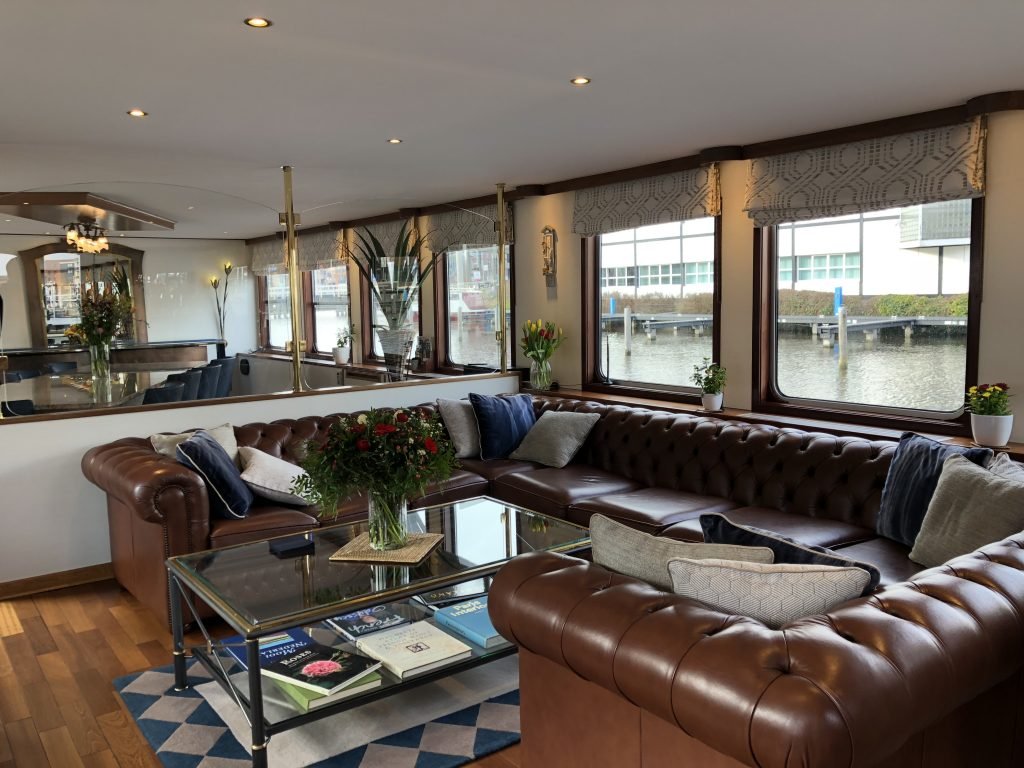 The prospect of kicking back and slowing down, while savoring immersive experiences along the way, greatly appealed to me. And the idea of being part of a small group, as opposed to a cast of thousands, was also attractive. But what sealed the deal for me was the boat itself. Hearing the word, “barge,” I initially imagined I’d be roughing it an old, sea-worn craft with cramped quarters. Au contraire! Luxury is the name of the game on European Waterways’ barges, which boast roomy accommodations and en suite private baths, spacious, public areas both inside and out, and amenities that include an open bar, fresh culinary preparations, wine and artisan cheese tastings, and a highly service-oriented crew dedicated to catering to your every need. There are also special onboard activities such as cooking demonstrations, talks by various crew members and performances by local musicians, as well as daily excursions to fascinating sites, accompanied by a guide who explains the culture and heritage of the region. Most important, the vacation is all-inclusive so you won’t be nickel-ed and dime-d for the “extras.”
The prospect of kicking back and slowing down, while savoring immersive experiences along the way, greatly appealed to me. And the idea of being part of a small group, as opposed to a cast of thousands, was also attractive. But what sealed the deal for me was the boat itself. Hearing the word, “barge,” I initially imagined I’d be roughing it an old, sea-worn craft with cramped quarters. Au contraire! Luxury is the name of the game on European Waterways’ barges, which boast roomy accommodations and en suite private baths, spacious, public areas both inside and out, and amenities that include an open bar, fresh culinary preparations, wine and artisan cheese tastings, and a highly service-oriented crew dedicated to catering to your every need. There are also special onboard activities such as cooking demonstrations, talks by various crew members and performances by local musicians, as well as daily excursions to fascinating sites, accompanied by a guide who explains the culture and heritage of the region. Most important, the vacation is all-inclusive so you won’t be nickel-ed and dime-d for the “extras.”
Established in 1974, European Waterways is the largest barging company in Europe and has a stellar reputation in the industry. The company operates seventeen upscale barges throughout nine countries across the continent, with vessels available for up to twenty passengers. The boats ply smaller waterways that are inaccessible to the larger river cruise vessels, providing opportunities to explore targeted areas in depth.
In Holland, your barge is the lovely Panache. Constructed in 1959 as a commercial freight vessel, it, was later converted into a hotel barge in 1998. The boat carries a maximum of twelve passengers and has six junior suites. Built in classic Dutch design, Panache is furnished with such traditional ship appointments as brass and mahogany and features a main salon with comfy sofas, books and music, as well as dining facilities and a corner bar. The sun deck has a heated whirlpool and there’s an area to store bicycles that passengers can use when they get off the boat.
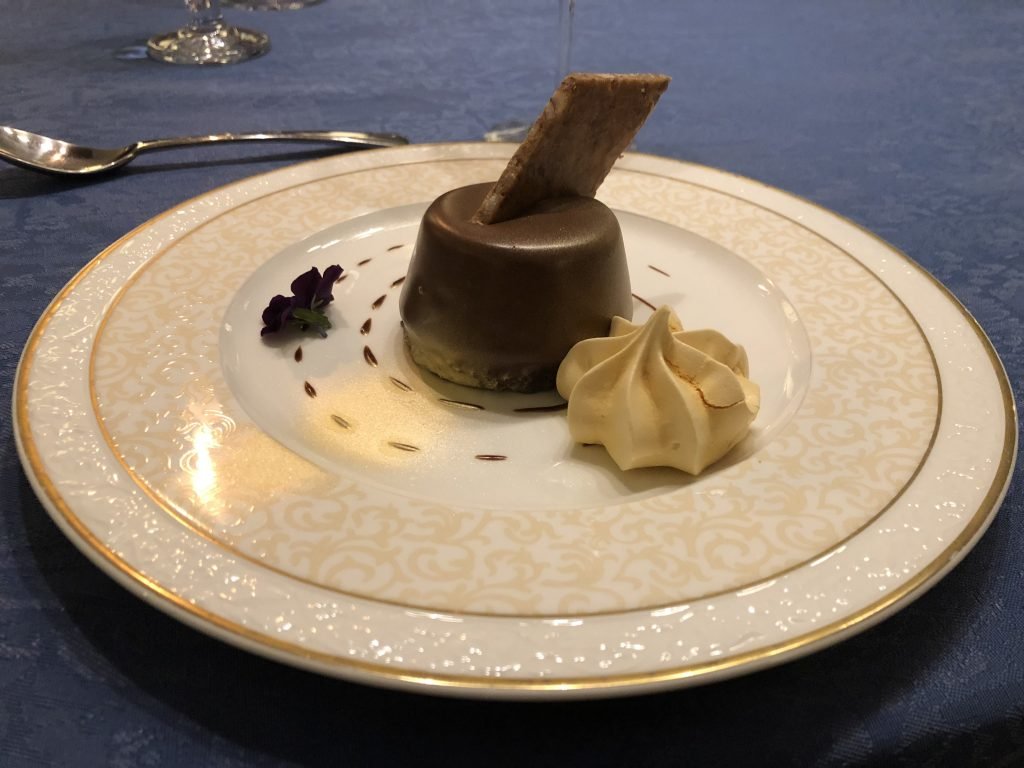 Our trip began in Amsterdam, the point of pick-up for transport to the barge. Spending a few days in this cosmopolitan cultural center either before or after your cruise is a must. With its art treasures, stately gabled mansions and picturesque canals spanned by hump-backed bridges, the city is a charming mecca that lures visitors from all over the world. Museums abound, seventy-five in all, from the renowned Rijksmuseum and its repository of Old Masters featuring works by Rembrandt, Vermeer, Steen and others, to the magnificent Van Gogh Museum, which boasts the largest collection of the artist’s paintings in the world. Also popular among visitors are the Anne Frank House and its moving displays, the Stedelijk and its array of modern art gems, and the National Maritime Museum with its replica of a Dutch trading ship.
Our trip began in Amsterdam, the point of pick-up for transport to the barge. Spending a few days in this cosmopolitan cultural center either before or after your cruise is a must. With its art treasures, stately gabled mansions and picturesque canals spanned by hump-backed bridges, the city is a charming mecca that lures visitors from all over the world. Museums abound, seventy-five in all, from the renowned Rijksmuseum and its repository of Old Masters featuring works by Rembrandt, Vermeer, Steen and others, to the magnificent Van Gogh Museum, which boasts the largest collection of the artist’s paintings in the world. Also popular among visitors are the Anne Frank House and its moving displays, the Stedelijk and its array of modern art gems, and the National Maritime Museum with its replica of a Dutch trading ship.
To get an introduction to this delightful city, take a guided walking tour and learn about its history, geography and culture. In the process, you’ll get a more complete picture of the Netherlands, a country bordering Belgium to the south and Germany to the east, with the North Sea to the north and west. Covering an area approximately one tenth the size of California, the Netherlands has a population of about sixteen million. Nearly one-sixth of the total area is covered with water. The Netherlands is the country’s official name, but most of the rest of the world call it Holland. However, Holland actually comprises only two of the thirteen Dutch provinces, North and South Holland. And the capital is Amsterdam, yet the seat of the government is in The Hague.
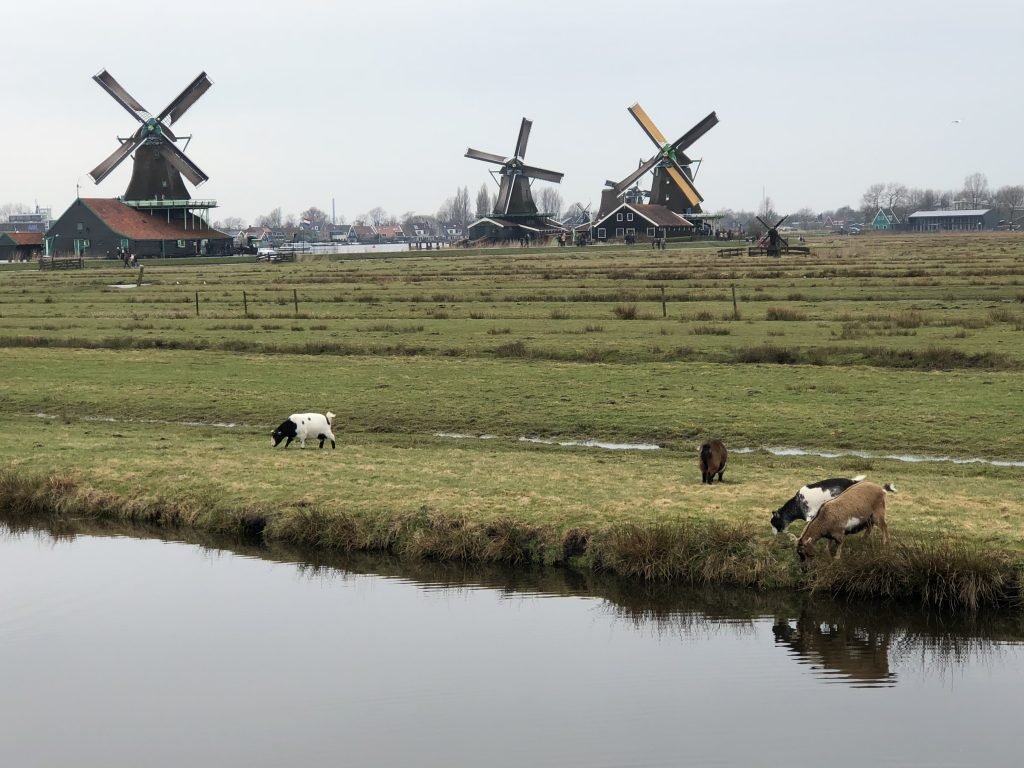 Water and trade shaped the history of the Netherlands and the nation is skillful at managing both. The 17th century was the country’s Golden Age, a time of great prosperity with a powerful navy ensuring protection for ventures abroad, and the formidable Dutch East India Company dominating trade in vast regions of the world. It was also a period of proliferation of science and art.
Water and trade shaped the history of the Netherlands and the nation is skillful at managing both. The 17th century was the country’s Golden Age, a time of great prosperity with a powerful navy ensuring protection for ventures abroad, and the formidable Dutch East India Company dominating trade in vast regions of the world. It was also a period of proliferation of science and art.
As you travel throughout the country, you’ll find Dutch people to be out-going, direct and socially conscious. They speak English, many fluently, and live in a place that is neat, tidy, has excellent public transportation, and where visitors can easily get around on their own. The majority of travelers, however, rarely make it past Amsterdam. On a European Waterways barge trip, you’ll discover the world outside this famous city. You’ll feast your eyes on a landscape dotted with quaint villages and vibrant towns, verdant meadows, pastoral farms, and of course, windmills! More than just a pretty face, these cherished sentinels are highly valued, not only for their photographic quality, but because they also serve as functional architecture.
 If you visit the country in spring, as I did, you’ll have the added component of seeing the bulb fields bursting with color, while the heady scent of their intoxicating perfume wafts through the air. The Dutch love affair with flowers actually began during the 17th century when flowers were used to keep bad smells at bay. Today, the nation is one of the most important flower-growing countries, holding a ninety-two percent share of the world market for flowers.
If you visit the country in spring, as I did, you’ll have the added component of seeing the bulb fields bursting with color, while the heady scent of their intoxicating perfume wafts through the air. The Dutch love affair with flowers actually began during the 17th century when flowers were used to keep bad smells at bay. Today, the nation is one of the most important flower-growing countries, holding a ninety-two percent share of the world market for flowers.
Tulips, which are synonymous with Holland, actually originated in Turkey. The Dutch grew obsessed with them and the bulbs became highly sought after acquisitions. At the height of “Tulipomania” (1636 -1637), one bulb was equivalent to the price of a house in the best part of Amsterdam. Today, the flower is considered a quintessentially Dutch product with hundreds of varieties. Nowhere is this more apparent than at Keukenhof Gardens.
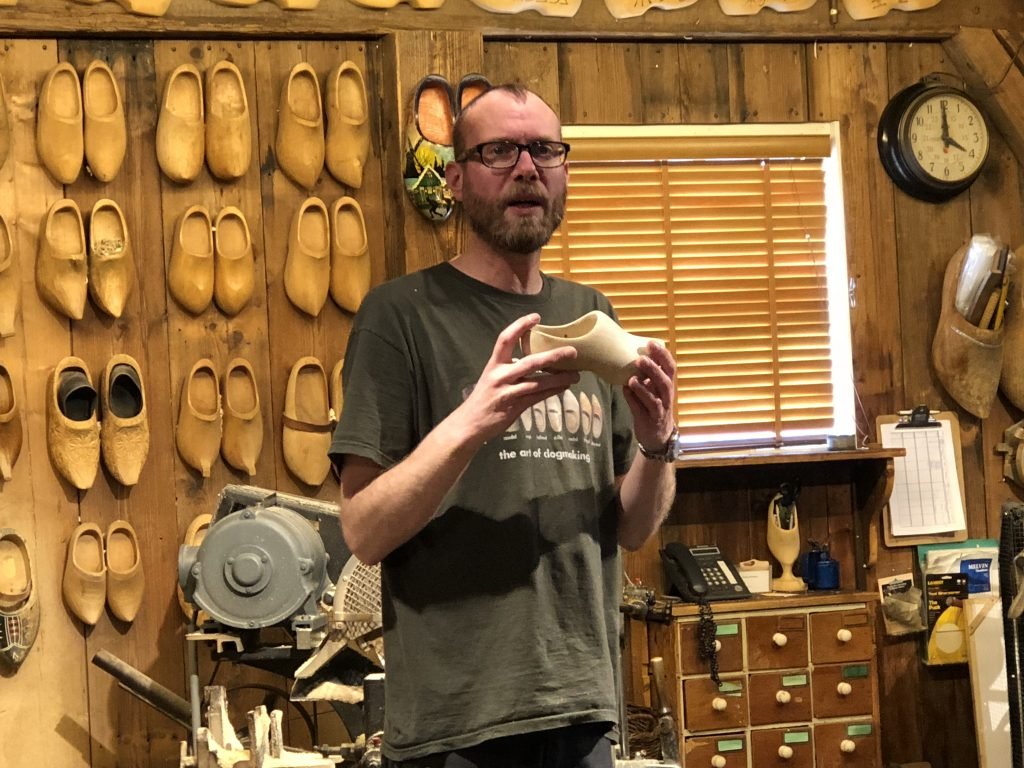 Visiting Keukenhof was one of the highlights of our barge cruise. Upon arrival in the historic city of Haarlem, we were whisked off to this beloved attraction. Known as the “Garden of Europe” the place is a delight for the senses. There are more than one hundred acres filled with over seven million flowering bulbs, including tulips, daffodils, crocuses and more. As you stroll through this breathtaking backdrop of color, you’ll gaze in awe at the artfully designed floral displays set amid a lush landscape of ponds, fountains and centuries-old beech trees. This year, the theme at Keukenhof was “Romance in Flowers” – very apropos – as after all the two are inextricably linked.
Visiting Keukenhof was one of the highlights of our barge cruise. Upon arrival in the historic city of Haarlem, we were whisked off to this beloved attraction. Known as the “Garden of Europe” the place is a delight for the senses. There are more than one hundred acres filled with over seven million flowering bulbs, including tulips, daffodils, crocuses and more. As you stroll through this breathtaking backdrop of color, you’ll gaze in awe at the artfully designed floral displays set amid a lush landscape of ponds, fountains and centuries-old beech trees. This year, the theme at Keukenhof was “Romance in Flowers” – very apropos – as after all the two are inextricably linked.
Passengers aboard the Panache are also invited to take an early morning tour of Royal FloraHolland Aalsmeer, where some seventeen million cut flowers from all over the world are traded each day. It’s the largest international trading platform for plants and flowers. Imagine a building the size of 220 European football (soccer) fields, with thousands of employees zooming around the place in what appears to be a well-choreographed dance. Then picture an auction room that looks like the NYSE, with bidders at their computers and on their phones making hundreds of transactions at warp speed.
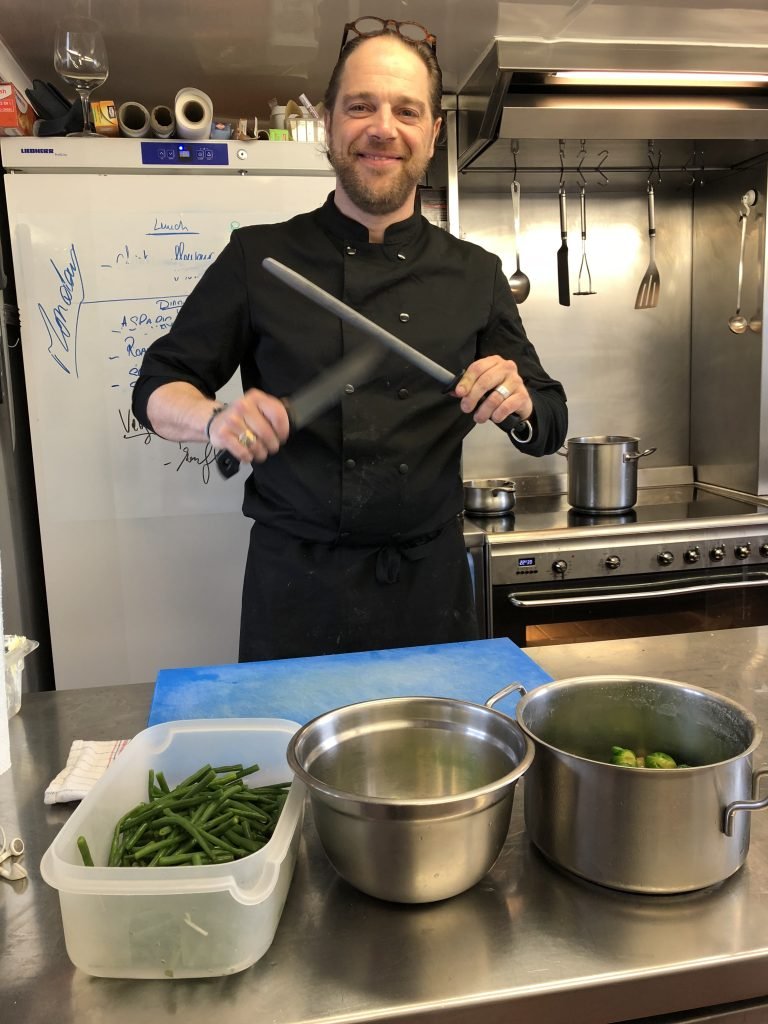 The barge makes its way slowly down the canals, traveling during the day and mooring at night in a different town. There’s typically a guided walking tour option at each stop, though passengers are free to explore the area on their own. In Haarlem, for example, sights of interest include St. Bravo’s Cathedral on the main square, where both Handel and Mozart played the grand Muller organ; Town Hall, Frans Hals Museum with its excellent collection of Old Masters alongside leading contemporary artists, and the Corrie ten Boom Museum. The latter tells the story of the ten Boom family, who hid Jews and political refugees during WWII. Haarlem is also well known for its “hidden green oases.” Behind heavy doors and concealed entrances, you’ll find the almshouse communities of the town, with their quaint little houses and pocket gardens. They serve as a reminder of bygone days when wealthy citizens established the houses as sheltered accommodation for the aged and elderly women in need.
The barge makes its way slowly down the canals, traveling during the day and mooring at night in a different town. There’s typically a guided walking tour option at each stop, though passengers are free to explore the area on their own. In Haarlem, for example, sights of interest include St. Bravo’s Cathedral on the main square, where both Handel and Mozart played the grand Muller organ; Town Hall, Frans Hals Museum with its excellent collection of Old Masters alongside leading contemporary artists, and the Corrie ten Boom Museum. The latter tells the story of the ten Boom family, who hid Jews and political refugees during WWII. Haarlem is also well known for its “hidden green oases.” Behind heavy doors and concealed entrances, you’ll find the almshouse communities of the town, with their quaint little houses and pocket gardens. They serve as a reminder of bygone days when wealthy citizens established the houses as sheltered accommodation for the aged and elderly women in need.
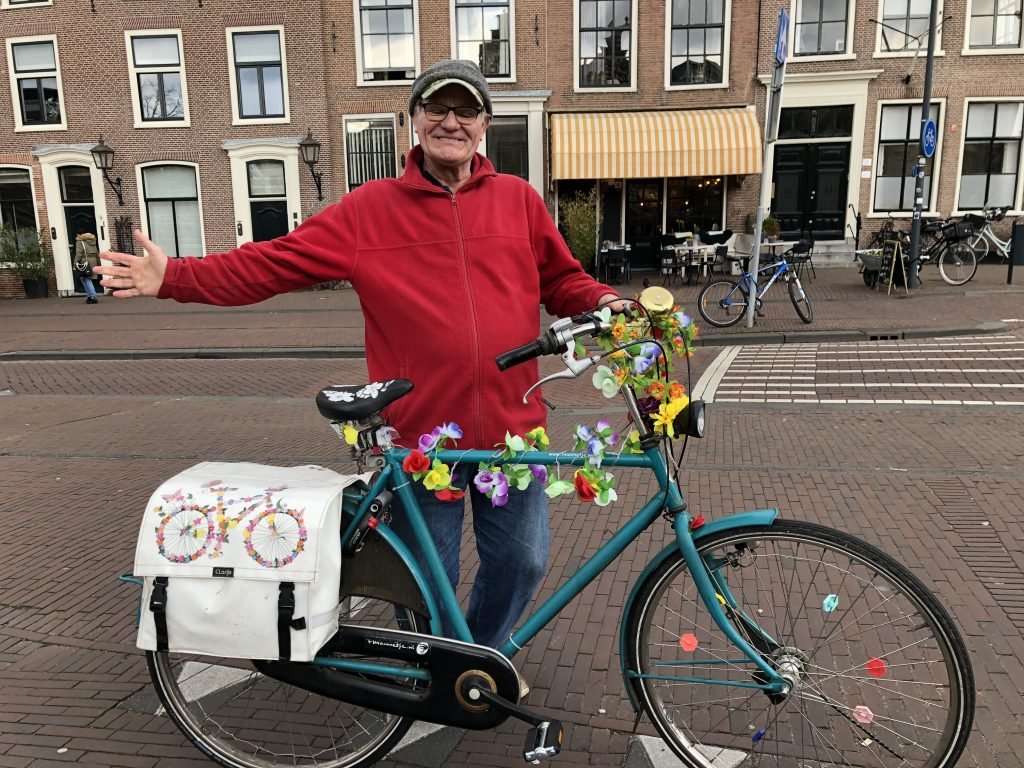 Another highlight of the trip is a visit to Zaanse Schans, an open air conservation area and museum providing insight into the Dutch way of life in the 17th and 18th centuries. The place is renowned for its wooden windmills producing everything from spices and paints to oils and sawed wood, as well as for its barns and homes built in the traditional Dutch style. Additionally, there is an historic shipyard, pewter factory, cheese and dairy farm, clog workshop, cacao lab and weaver’s house. At each, artisans in period costume demonstrate their crafts.
Another highlight of the trip is a visit to Zaanse Schans, an open air conservation area and museum providing insight into the Dutch way of life in the 17th and 18th centuries. The place is renowned for its wooden windmills producing everything from spices and paints to oils and sawed wood, as well as for its barns and homes built in the traditional Dutch style. Additionally, there is an historic shipyard, pewter factory, cheese and dairy farm, clog workshop, cacao lab and weaver’s house. At each, artisans in period costume demonstrate their crafts.
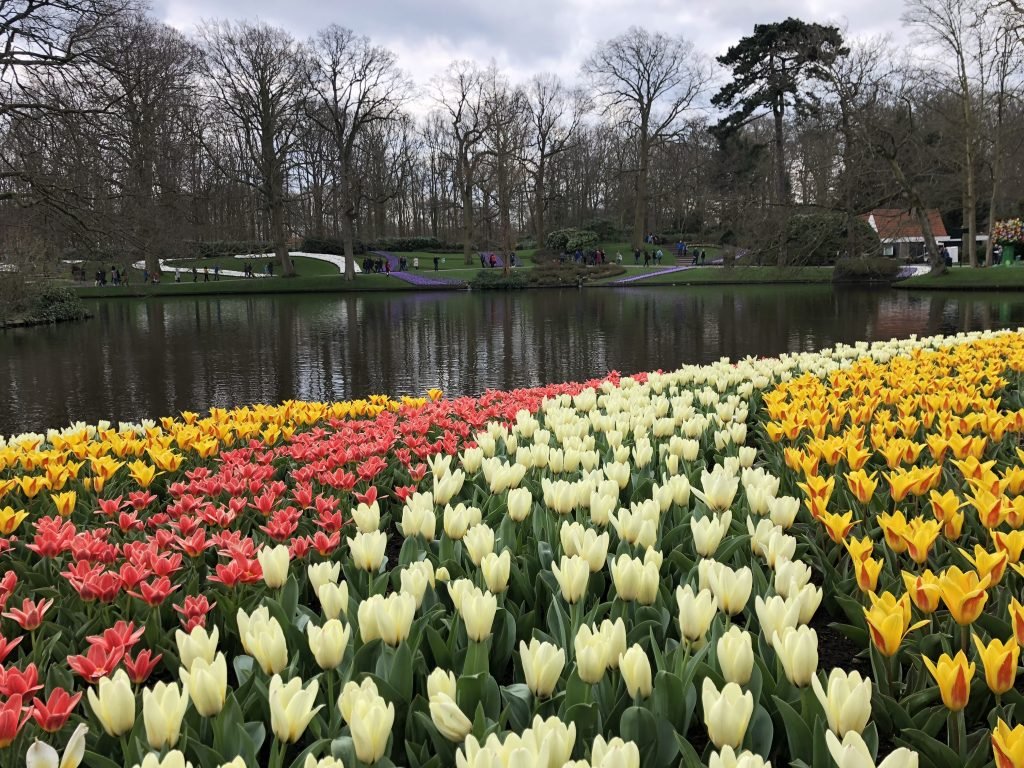 One of my favorite towns was Leiden, birthplace of Rembrandt and home to one of the oldest universities in the country. This city has lots of character and oodles of charm, with plenty of historic sites, cafes, boutiques, markets and lovely tree-lined canals. In addition to a walking tour, passengers from the barge take a private, narrated boat trip through the waterways. The boat has a special roof that can go up or down to accommodate the height of the bridges. Some structures we went under were so low that we had to lean way back in our seats or in a few cases, hit the floor to accommodate the ceiling of the boat’s roof.
One of my favorite towns was Leiden, birthplace of Rembrandt and home to one of the oldest universities in the country. This city has lots of character and oodles of charm, with plenty of historic sites, cafes, boutiques, markets and lovely tree-lined canals. In addition to a walking tour, passengers from the barge take a private, narrated boat trip through the waterways. The boat has a special roof that can go up or down to accommodate the height of the bridges. Some structures we went under were so low that we had to lean way back in our seats or in a few cases, hit the floor to accommodate the ceiling of the boat’s roof.
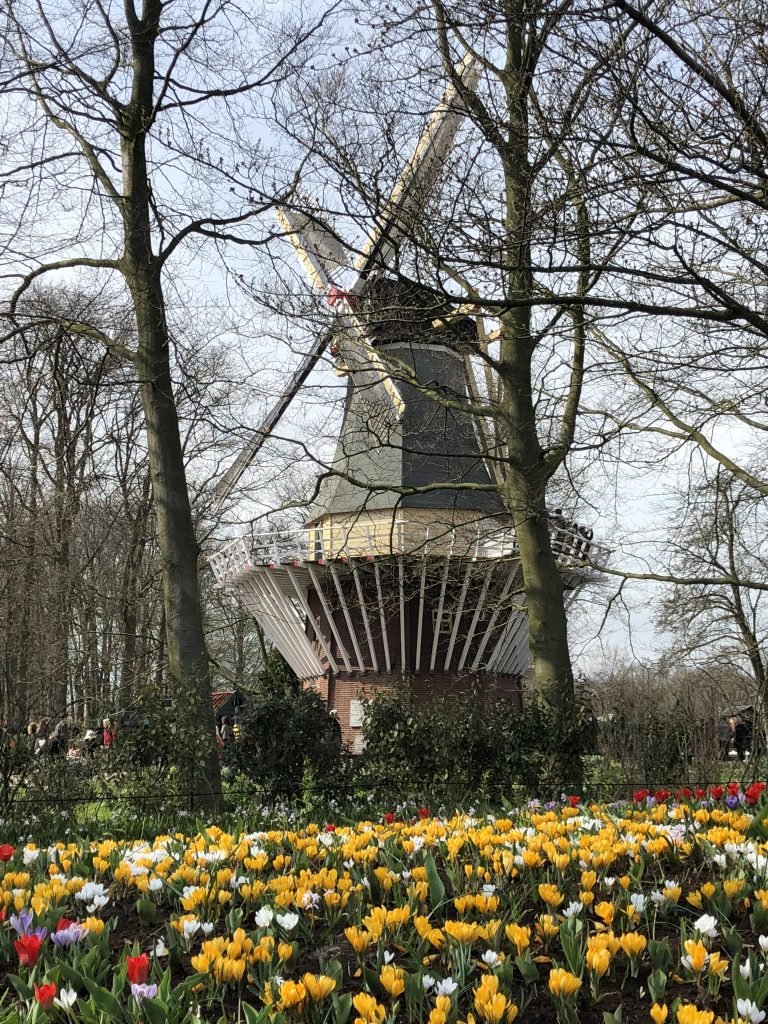 Sights of interest in Leiden include the Botanical Garden, where the first tulips were planted in Western Europe, the historical harbor area, Marsh Gate (one of two remaining gates of the city), Leiden University, Town Hall, De Valk Windmill, St. Peter’s Church, which is known today as the church of the Pilgrim Fathers, and the Leiden American Pilgrim Museum. The latter tells the story of the Pilgrims who fled England to Amsterdam in 1608 and moved to Leiden the next year. They lived and worked in the city until 1620 when their emigration began, and the fabled journey to Plymouth occurred. For a nice view of the city, head to the Burcht, an elevated citadel that once offered protection against the rising water of the Rhine.
Sights of interest in Leiden include the Botanical Garden, where the first tulips were planted in Western Europe, the historical harbor area, Marsh Gate (one of two remaining gates of the city), Leiden University, Town Hall, De Valk Windmill, St. Peter’s Church, which is known today as the church of the Pilgrim Fathers, and the Leiden American Pilgrim Museum. The latter tells the story of the Pilgrims who fled England to Amsterdam in 1608 and moved to Leiden the next year. They lived and worked in the city until 1620 when their emigration began, and the fabled journey to Plymouth occurred. For a nice view of the city, head to the Burcht, an elevated citadel that once offered protection against the rising water of the Rhine.
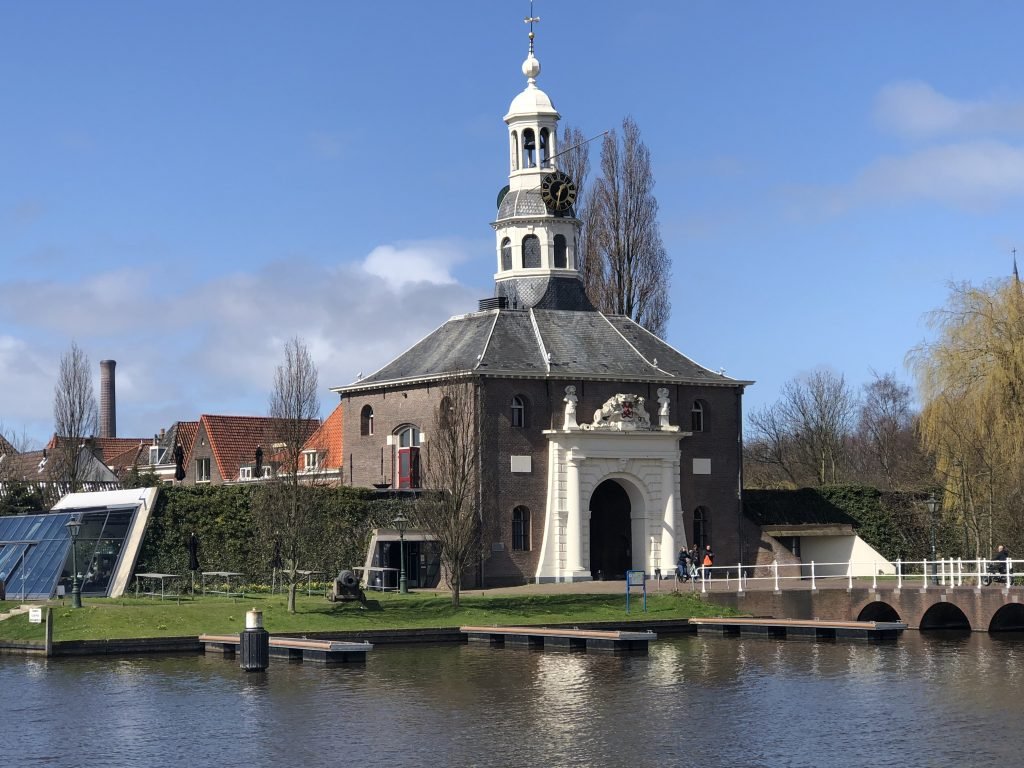 The houses in Leiden, like those often found in other historical Dutch towns, are handsome edifices with tall steeped roofs, constructed with a combination of red and black tiles. You’ll notice that the black tiles are mostly used in the front, whereas the red are put on the sides. The reason for this placement is due to the increased value of the black tiles, which homeowners chose to put in full view of the street to show prosperity.
The houses in Leiden, like those often found in other historical Dutch towns, are handsome edifices with tall steeped roofs, constructed with a combination of red and black tiles. You’ll notice that the black tiles are mostly used in the front, whereas the red are put on the sides. The reason for this placement is due to the increased value of the black tiles, which homeowners chose to put in full view of the street to show prosperity.
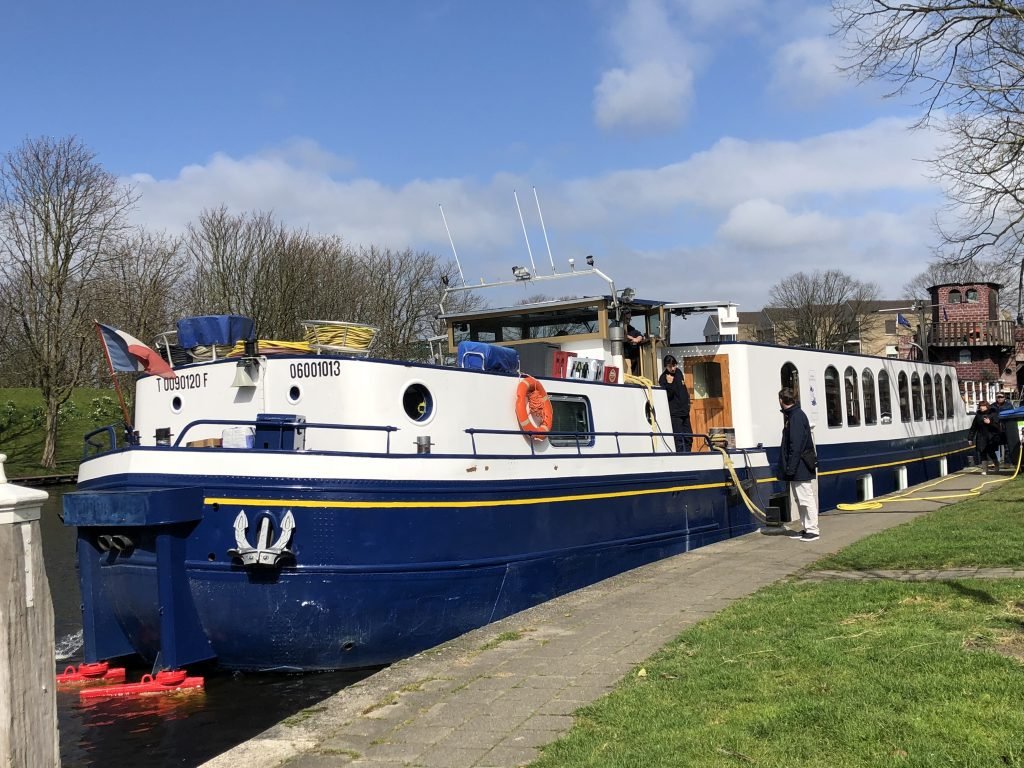 You might also see various writings on the walls of numerous buildings around the city. They’re not graffiti, but rather mural poems written in different languages that began as a project by a private foundation. The initiators hoped that passers-by would be stimulated by the poems, as well as the visual image of the letters against the background formed by the wall. There’s a guide to locating all the poems, which number well over a hundred, but it’s more fun to just come across them naturally during your strolls.
You might also see various writings on the walls of numerous buildings around the city. They’re not graffiti, but rather mural poems written in different languages that began as a project by a private foundation. The initiators hoped that passers-by would be stimulated by the poems, as well as the visual image of the letters against the background formed by the wall. There’s a guide to locating all the poems, which number well over a hundred, but it’s more fun to just come across them naturally during your strolls.
The last stop on the barge trip was Delft, another renowned town that began as the home port of the Dutch East India Company. Its major claim to fame is its pottery ceramic products, which are created at the Royal Delft factory. A visit to the city is not complete without a tour of this facility. Our small group received a private tour of the place, which provided much insight into the history of the distinctive blue and white ware and how it’s made, and then meticulously hand painted.
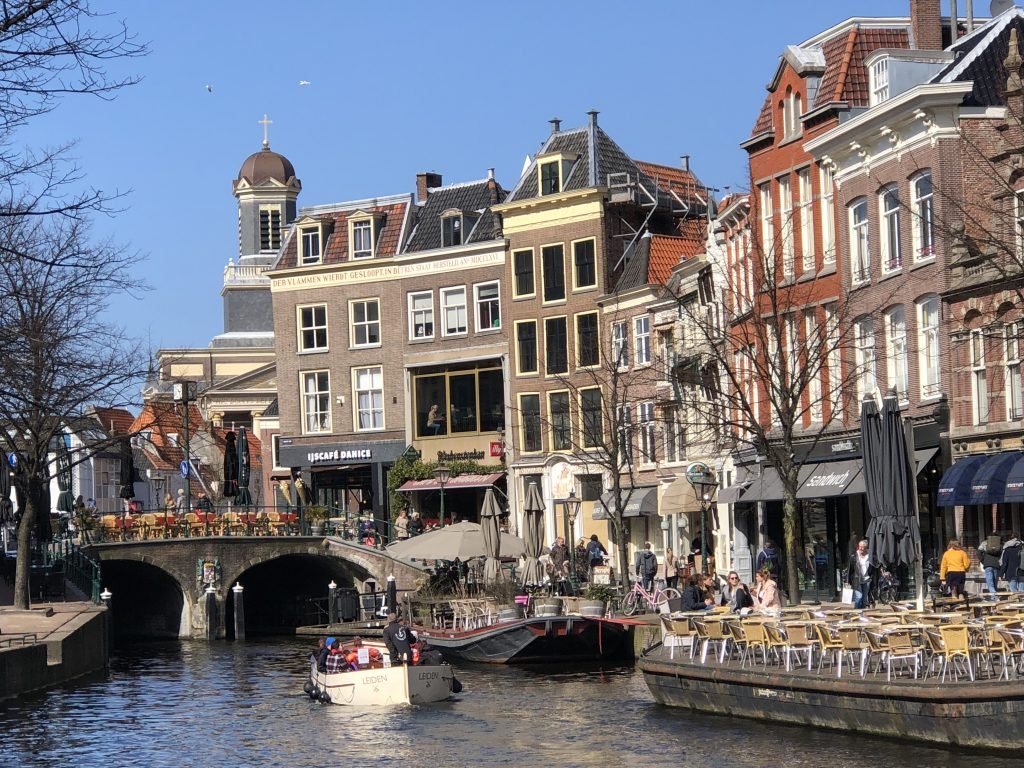 The barge has the ambiance of a floating house party. It’s easy to get to know your fellow passengers in such an intimate setting. The languid pace of the trip and lack of regimentation also contributes to creating a convivial, relaxed atmosphere. The result is a family-like feel without the accompanying stress of “family dynamics!”
The barge has the ambiance of a floating house party. It’s easy to get to know your fellow passengers in such an intimate setting. The languid pace of the trip and lack of regimentation also contributes to creating a convivial, relaxed atmosphere. The result is a family-like feel without the accompanying stress of “family dynamics!”
You’ll also get to know the crew well, as they are friendly, very attentive and strive to do their utmost to make everyone comfortable. There’s the captain, who functions as the cruise manager and guide, two hosts, the boat’s pilot and his assistant, and the chef. Our crew hailed from several countries, as did the passengers, which made for a mini-United Nations environment. Several of the crew had extensive experience working on barges. Our pilot, Willy, for example, had thirty years on the job. A few of the passengers had cruised with European Waterways in the past. This is not uncommon, and the company takes great pride in its repeat business.
 Though each of the crew members serve essential functions, the chef takes center stage when it comes to mealtime. The star of our barge was Holly, a gregarious Frenchman, who displayed incredible passion for food made with fresh, seasonal ingredients. He was an artist in the kitchen, creating a variety of delectable dishes with a French flair. We celebrated gastronomy, as we dined on everything from Mussels Marinières and Monkfish to Guinea Fowl with Chestnuts and Salmon with Citron Sauce. And we all made sure to save room for dessert, tempted by such treats as Mango and Red Fruit Cake, Apple Tart and Chocolate and Orange Mousse.
Though each of the crew members serve essential functions, the chef takes center stage when it comes to mealtime. The star of our barge was Holly, a gregarious Frenchman, who displayed incredible passion for food made with fresh, seasonal ingredients. He was an artist in the kitchen, creating a variety of delectable dishes with a French flair. We celebrated gastronomy, as we dined on everything from Mussels Marinières and Monkfish to Guinea Fowl with Chestnuts and Salmon with Citron Sauce. And we all made sure to save room for dessert, tempted by such treats as Mango and Red Fruit Cake, Apple Tart and Chocolate and Orange Mousse.
Each meal featured select artisan cheeses and was accompanied by choice wine pairings. Sampling the cheese and tasting the wine was an education in itself, and I learned a new vocabulary that went beyond “firm” or “soft” and “red” or “white.” Call me a sophistiqué!
If you go:
European Waterways: www.europeanwaterways.com


